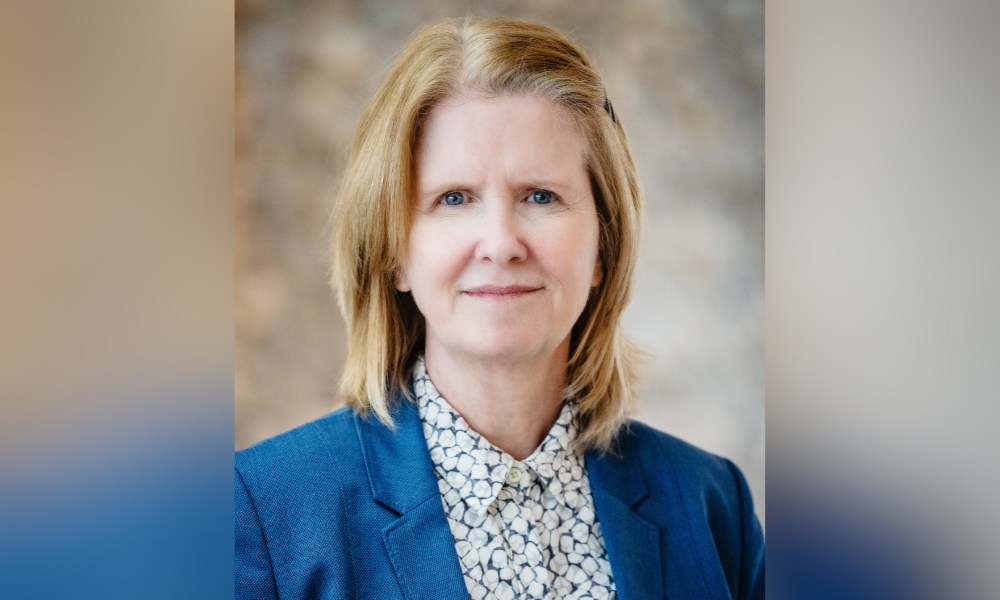Canadian Dental Care Plan 'should abide by Canada Health Act,' says CCPA economist

The Canadian Centre for Policy Alternatives (CCPA) is calling on the federal government to put an additional $1.45 billion into the Canadian Dental Care Plan.
That’s because the plan is underfunded, says David Macdonald, CCPA senior economist, in his report. As it is, about 4.4 million uninsured Canadians will be excluded from the benefits in its full implementation without additional funding, he estimates.
Under the dental care plan, any household whose combined income is $90,000 or higher will be excluded by the time the federal government finalizes the rollout in 2025-26.
“A $45,000 salary for each parent in a two-parent household isn’t a king’s ransom in Canada,” says Macdonald. “In fact, 59 per cent of families with children make over $90,000. But making more than that excludes families from receiving federal dental care coverage. Medicare has always been universal, and this dental care expansion should abide by the Canada Health Act and also cover everyone.”
First announced it March 2022, the dental benefit will provide eligible parents or guardians with direct, upfront, tax-free payments to cover dental expenses for children under 12 years old. The plan will give up to $650 per child per year for families with adjusted net income under $90,000 per year and without dental coverage.
What is the new Canadian government dental plan?
Ottawa started Phase 1 – the Canada Dental Benefit (CDB) – of the roll out in December 2022 and will last until June this year.
In the CDB – currently available to Canadians – 65 per cent of children under 12 but without dental insurance could get the $1,300 transfer. However, this also means that 35 per cent, or 426,000 young children, without dental insurance could not access the CDB because their families made more than $90,000, according to the report titled Missing Teeth: Who’s left out of Canada’s dental care plan.
The new Canada Dental Care Plan (CDCP), the Phase 2 of the roll out – from January to December 2024 – covers not just young children, but anyone under 18, seniors and people with disabilities.
With the overlap of the two phases. A family can apply to both CDB and the new CDCP. They will be able to get both the CDB for its second period worth $650, and insurance, starting in January 2024, explained MacDonald in the report.
Phase 2 will be administered by Sun Life. In September 2023, Ottawa awarded up to $15 million to Sun Life Assurance Company of Canada under an Early Work Agreement. The funding would allow the insurance company to do pre-contractual work to ensure the timely launch and successful operation of the program while details of the main contract are finalized. This includes work such as recruitment, information technology-related activities and business planning.
Phase 3 – the long-term form of the Canada Dental Care Plan starting in 2025 –
will provide dental coverage for everyone who doesn’t have dental insurance but whose family income is below $90,000.
There are 12.9 million people in Canada without dental insurance who could certainly use it, says MacDonald. However, because of the $90,000 threshold, Phase 3 of the CDCP will cover 8.4 million people, leaving another 4.4 million out of the system.
‘Underlying principle of health care for all’
For the report, MacDonald uses the proportions from the 2022 analysis of the Canada Community Health Survey (CCHS) from Statistics Canada for the counts of people aged 12 and over, in conjunction with estimates from SPSD/M 30.0 for the counts of people in census families with a net adjusted family income of less than $90,000.
“The choice is twofold: (1) Continue to create new medical care programs with a fill-in-the-gaps model and an income cap, like Canada is currently doing on dental care, or (2) Align new medical care programs with the principles of the Canada Health Act, which is based on the underlying principle of health care for all,” says MacDonald.
“A universal dental care and pharmacare program can create greater public buy-in, simplify eligibility rules, and ensure that everyone who needs access to those programs can do so without having to open their wallet for anything more than their health care card.”
The Coalition of Dentalcare also says, via Facebook: “While the Canadian Dental Care Plan is a step in the right direction, much more work is needed to ensure every Canadian has access to care.”




